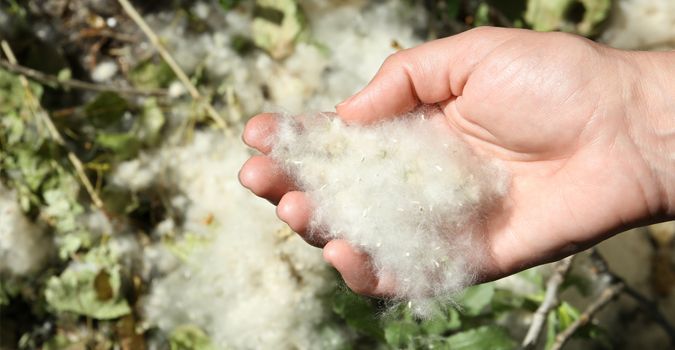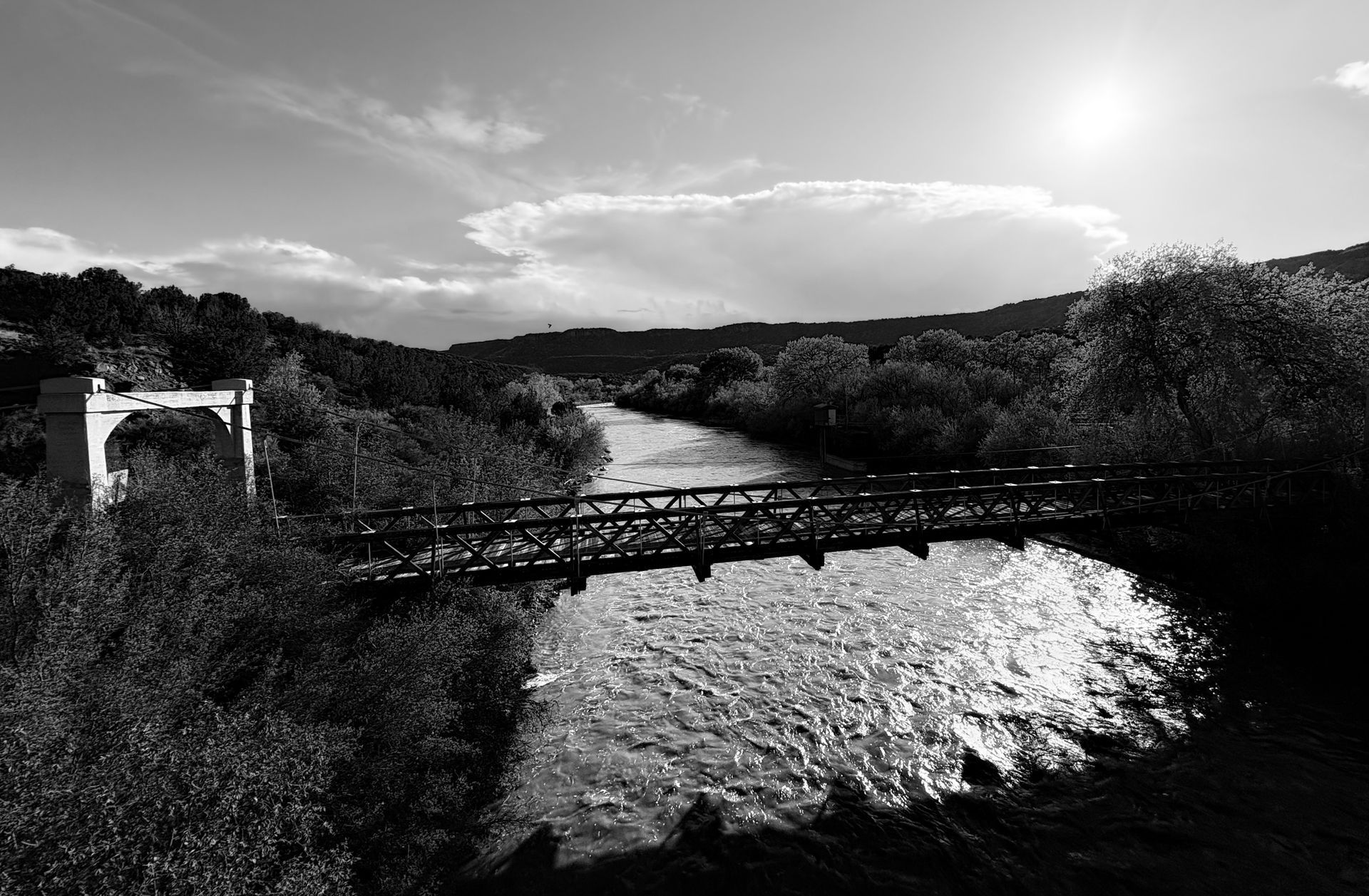White Fluff, River Health and Wildlife
White Fluff, River Health and Wildlife
Is this a good sign?
You decide to go for a walk and step outside. You see an abundance of white fluff floating around, gathering in piles on the ground or coating your backyard. Is this a good sign? Absolutely! What you are witnessing are cottonwood seeds. While they might be a bit messy, they are a welcomed sight, indicating there is a mature cottonwood tree nearby.
Cottonwoods release their seeds during spring and early summer, perfectly timed with the high runoff from melting snow and seasonal rains. This floodwater disperses the seeds downstream across riparian areas—from Colorado’s headwaters to the Arizona desert. The nutrient-rich, damp silt deposits create ideal germination conditions, allowing the saplings to thrive in riverbank soil. Every year, cottonwoods depend on abundant clean water to propagate and survive.
Benefits of Cottonwoods
Once established, cottonwood roots filter contaminates and fortify riverbanks, slowing erosion and extensive flood damage. Their large canopies and dense foliage provide cool, shady spots for willows, which in turn provide food and breeding grounds for a variety of wildlife, including dragonflies, frogs, cutthroat trout and eagles.
Cottonwoods also serve as a beacon of hope, indicating the presence of water. Small flowers, called catkins, produced by the trees in early spring, have medicinal uses and can be chewed for toothaches or used to treat skin abrasions. As you spend time on the river near you, know that by
supporting the conservation of these magnificent trees you are also helping ensure healthy rivers—for people and wildlife.














